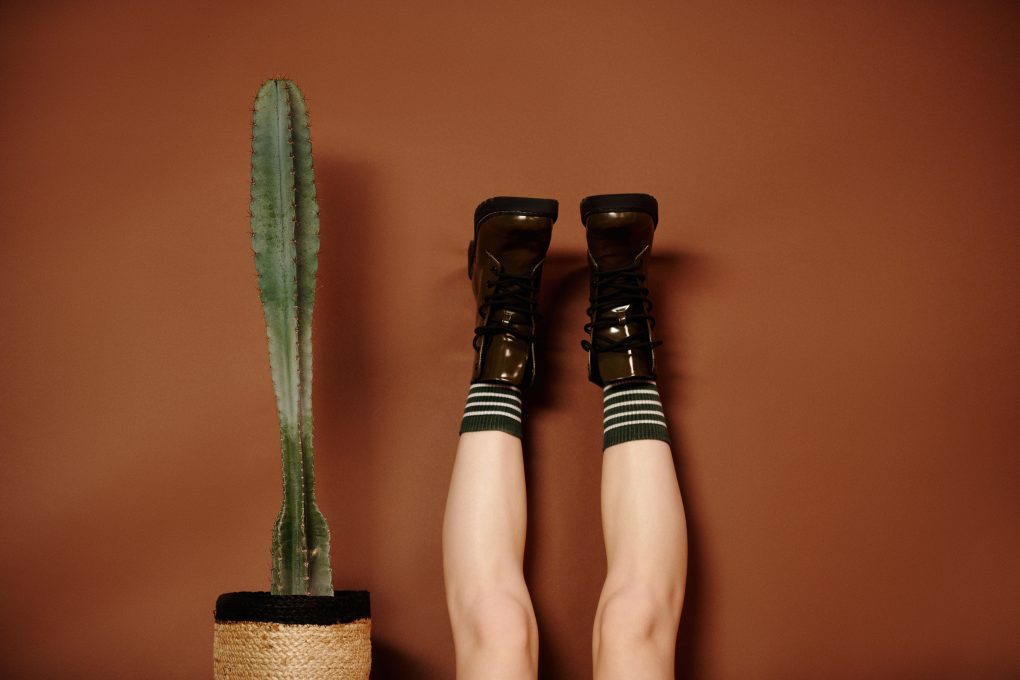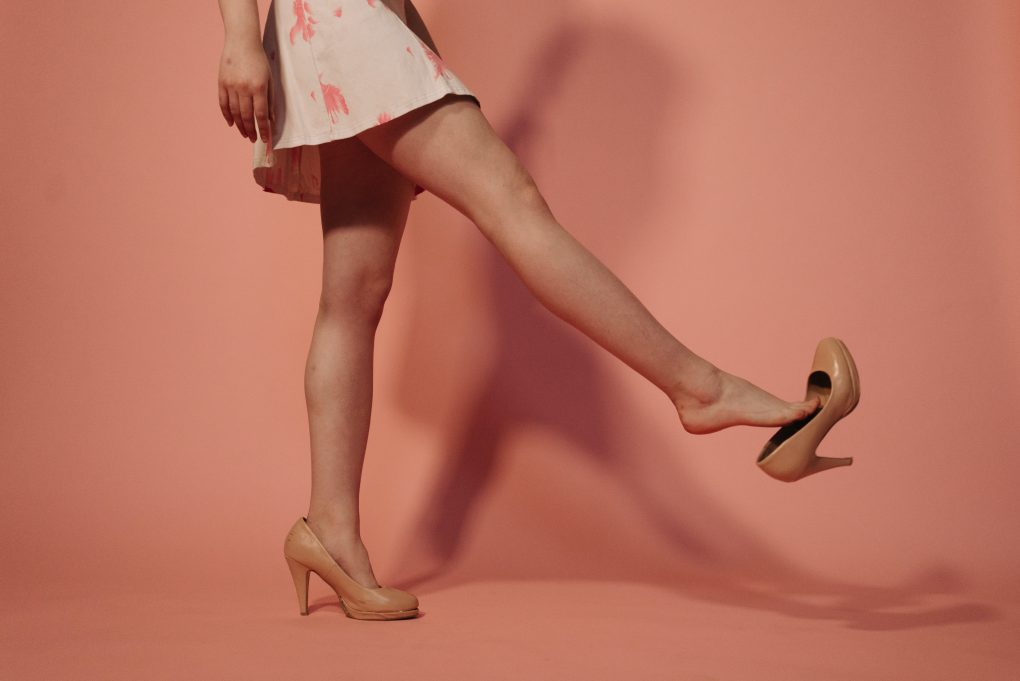Do Shoe Lifts Work: What You Need to Know About Shoe Lifts
Yes, shoe lifts work. Shoe lifts are devices that lift the heel of your shoes off the ground. This allows you to wear more high-heeled shoes with more comfort and mobility. Shoe lifts commonly treat foot injuries, lower back pain, and difficulty walking in high heels. They’re also famous for people who have difficulty bending their leg at the knee due to arthritis or other conditions.
Shoe Lifts and Their Usage
Shoe lifts come in various shapes and sizes, making them perfect for any shoe type or size. They can be installed at home, in the office, or even on public transportation. To use a shoe lift, place your feet in the slots and lift your shoes. They’re simple to use and can make putting on or taking off your shoes a breeze. If you need help with footwear management, give a shoe lift a try!


People With Disabilities
Shoe lifts are often used by people with disabilities, such as leg length discrepancies or spinal cord injuries, to help them walk more comfortably and reduce the risk of falls. They are typically made of foam or other cushioning materials and are designed to be placed inside the shoe to add height to the wearer’s foot. Depending on the wearer’s needs, you may use them in one or both shoes.
Shoe lifts are available in various sizes and styles and can be custom-made to fit the wearer’s specific needs. For example, a doctor or other healthcare provider may prescribe them, or you may purchase them over the counter at a pharmacy or online.
High Heels
You can use shoe lifts in high heels. According to Science Direct, they help to relieve the strain on your feet and ankles by lifting them off the ground. Shoe lifts allow you to raise your shoes off the ground. They’re typically used to remove high heels but can also remove other shoes. Several different types of shoe lifts are available on the market, so selecting the one that fits your needs is essential.
For instance, if you often wear shoes with heels, a heel lift would be a better option than a shoe lift that can lift any shoe. Additionally, read reviews and compare prices before purchasing if you’re in the shoe lift market.
Pros of Using Shoe Lifts
Increase Your Height
Shoe lifts are most commonly used to help people appear taller. Shoes lift about two inches when placed on a shoe lift. Larger and heavier shoes may lift more depending on the size and weight of the shoe lift. It is important to note that not all shoe lifts are created equal – make sure you read the reviews before making a purchase.
If you’re interested in using a shoe lift, make sure to consult with your doctor first. Then, they can recommend the best devices and brands available. Additionally, be sure to do your research before purchasing so that you know exactly what you’re getting yourself into.
Correct Posture


Shoe lifts can help correct your posture if you have flat or pronated feet. They work by lifting the heel of your shoe and pushing it down, which restores balance to your foot and ankle. Also, shoe lifts are designed to correct posture by increasing the height of the wearer’s foot, which can help to align the spine and improve overall posture.
For people with leg length discrepancies or other types of disabilities that affect their posture, a shoe lift can help to balance the body and reduce strain on the back and other muscles. By adding height to the shorter leg, a shoe lift can help to realign the spine and improve overall posture.
However, it is essential to note that shoe lifts are not a cure-all for posture problems. Instead, they should be used in conjunction with other forms of treatment, such as physical therapy or exercises, to achieve optimal results.
Cons of Using Shoe Lifts
There are a few risks associated with shoe lifts, the most common of which is that they can cause long-term problems such as joint pain and arthritis. These problems can often be avoided by caution and consulting a doctor beforehand. Also, shoe lifts can create foot deformities, including bunions and hammertoes. These deformities may require surgery to correct them.
Side effects can vary in severity, but they usually tend to be mild and temporary. That said, it’s always best to consult a doctor in case you experience foot pain, numbness, or tingling. If you need help determining whether or not shoe lifts are suitable for you, speak to a professional and get their opinion.
In addition, shoe lifts can damage nerves in your feet, which may lead to pain and even disability. Finally, shoe lifts can also increase your risk of death.
Reminders When Using Shoe Lifts
Check the Price
There are many different shoe lift companies in the US, and prices for a shoe lift can range from $14 and higher. This price includes an exam to determine whether you need a shoe lift and consultations with a specialist.
Be sure to compare quotes before deciding, as many companies offer custom foot surgeries like shoe lifts. By doing this, you’ll be able to find a company with a price that suits your budget and meets your needs (for example, a company that offers financing options).
Choose the Right Fit
Here are some tips for choosing the proper fit for a shoe lift:
- Please measure your foot: It is essential to measure your foot to determine the correct size of shoe lift you will need. You can do this by standing on a piece of paper and tracing your foot or measuring your foot with a tape measure.
- Consider the shoe you will be wearing: Different shoes may require different types of shoe lifts, so it is crucial to consider the type of shoe you will be wearing when selecting a shoe lift.


- Choose a comfortable shoe lift: Comfort is essential when choosing a shoe lift, as you will be wearing it for extended periods. Look for a shoe lift made of comfortable cushioning materials that fit nicely inside your shoe.
Duration of Use
The frequency of shoe lifts will depend on your foot type and size. However, it is generally recommended that you use a shoe lift every 2 to 6 months, depending on how often you wear heels or high heels. For example, if your heel slips out of the shoes while walking, a shoe lift can help keep it in place and prevent injuries.
In some cases, you may use shoe lifts long-term to correct leg length discrepancies or other disabilities that affect posture. In some other cases, shoe lifts may be used short-term to temporarily relieve pain or discomfort or help the wearer transition to a new pair of shoes.
It is essential to follow the recommendations of a healthcare provider when using shoe lifts, as they will be able to determine the appropriate duration of use based on the wearer’s specific needs and circumstances.
Do Not Use Shoe Lift at Home
It would help if you only attempted shoe lifts at home with the help of a certified technician. This is because some people find shoe lifts uncomfortable to wear, primarily if they are not used to walking at an increased height.
Using a shoe lift at home may be inconvenient, as you must remember to put it in your shoe every time you wear them. However, if you only use a shoe lift at home, it may be challenging to maintain consistent use, as you will not have it with you when you are out of the house.
If you have been prescribed a shoe lift by a healthcare provider, it is crucial to follow their recommendations for use. However, if they recommend using something other than the shoe lifts at home, it is essential to follow their advice.